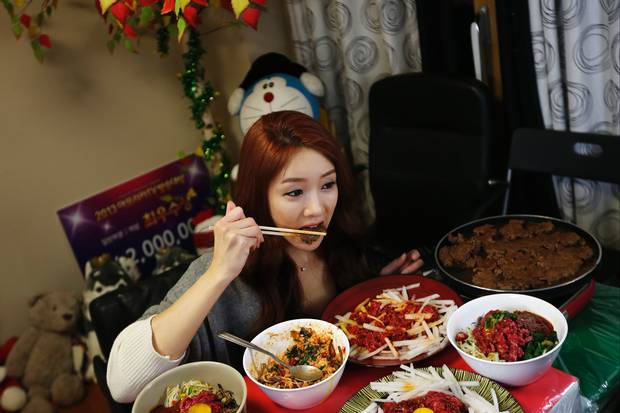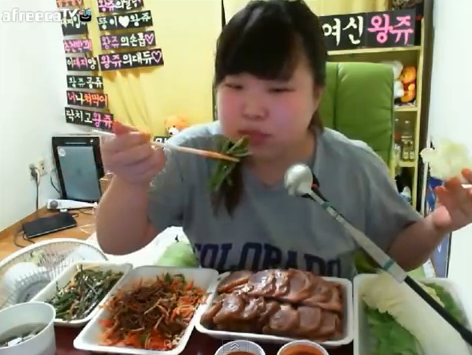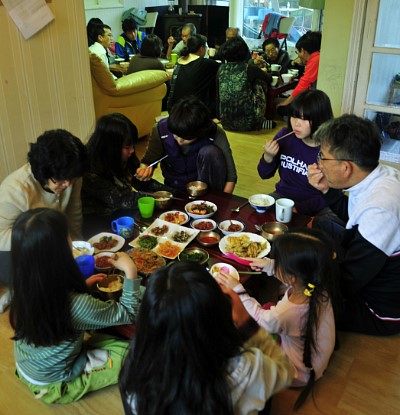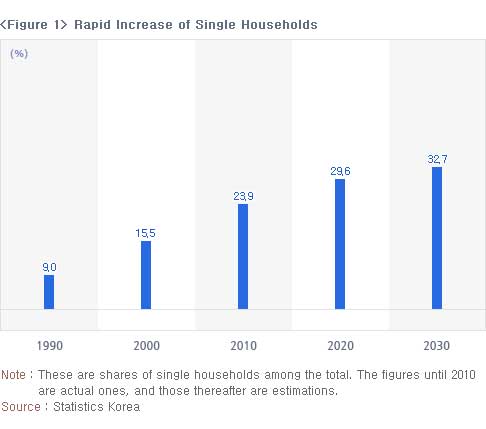
The Implications of Meokbang
It’s not just about watching pretty people eat.
Have you heard of 먹방 (meokbang)? It’s short for 먹는방송 (meokneunbangsong) which translates to ”eating broadcasting”, a very fitting name as it is just what meokbang is; a live broadcast of a person eating copious amounts of food. Despite being a fairly new phenomenon meokbang has garnered quite a bit of fame for itself, not just in Korea, but also internationally with magazines such as The Independent and Huffington Post amongst others writing about the “Gastronomic Voyeurism” that “Turns Binge Eating Into Spectator Sport”.

Now while the concept of meokbang is in itself fascinating and to many foreigners probably a bit odd, what is, in my opinion, the most interesting, is what meokbang can tell us about life and culture in Korea.
In most countries around the world food is a means of socializing and celebrating, and Korea is no exception, one could definitely argue that in Korea food plays a much greater role in the everyday social life than it does in most western countries. Food and the act of ingesting it is something so very social that eating out as just one person can be very difficult because a lot of the food on offer is only served for two people or more, and it’s not surprising; foods such as Korean barbecue are simply made to be shared. Many times Korean friends and acquaintances have told me how eating together, sharing a meal, is the best way of creating strong bonds between people to which I can only nod. This way of thinking is also seen in the custom of회식 (hoesik/hwesik) company dinners where colleagues go out eat and drink with the purpose of promoting friendship and a feeling of community between co-workers. The Korean word for “family member” 식구(shikgu), with 식(shik) meaning food and 구(gu) meaning mouth, literally translates to mouths to feed, another great example of the close connection between food and it’s role in creating and maintaining relations in Korea.
Knowing this one can’t help but ask why so many Koreans watch meokbang, when they according to the norms should be eating with their friends or family. The answer to that would have to be that they either don’t have friends or family, or that they for some reason don’t see their friends and family on a daily basis.
A look at statistics actually supports both assumptions, as they show a great increase in the number of single households that is people living alone without any family, as well as the compared to the rest of the world very high number of hours worked in a year, naturally making it more difficult to meet up with friends and family.
From 1990 to 2013 the number of single person households have increased from 9 to 35,9 percent that is more than one in every four households, a number that keeps growing and at a much faster rate than expected.
The apparently ever increasing number of singles can be attributed to several factors, one of the most often cited being a move away from traditional Confucian values, which puts great emphasis on the importance of marriage and family, towards a more western, individualistic mindset. Also the hectic work life of many Koreans, who on average worked 2,163 hours in the year of 2012 placing them second on the OECD list of countries with the most work hours on average that year (the average being 1,773 hours). The long and demanding work hours makes just meeting friends let alone finding and developing relationship with a potential spouse and starting a family, rather difficult because of the long and demanding work hours.
As such the rise of meokbang is not all that surprising, as many of these probably lonely single people are bound to seek the feeling of community, maybe even family that is connected to food and eating together, and as with so many other aspects of our lives today, where more convenient to do just that than the internet, which allows you to pick and chose between many different types of meokbangers, one example being Park Seo-Yeon, known in the world of meokbang as The Diva, one of the most famous and successful meokbanger. Just like regular Korean celebrities she lives up to the common Korean beauty standard of fair skin, a small face and big eyes and a, considering her full-time job of eating massive amounts of food on camera, very slim body. Interestingly, however, many people conventionally not considered beautiful or pretty (that is people who are overweight and/or doesn’t have good facial features) do meokbang as well. It could also very well be that watching people who looks somewhat more homely promotes that feeling of community, which many people seek when watching meokbang, because the person looks like someone you could easily meet and befriend in real life as opposed to some beautiful but unavailable celebrity.
A lot more could probably be said on the subject of meokbang and what one, like a modern day Sherlock Holmes, can deduce about Korea from it, but for the sake of readability I think it better to stop while the going is good. Before ending this, however, I would like to ask everyone who may read this, whether you think meokbang is a good or a bad thing. As I see it there are both negative and positive sides to meokbang, for example I think it’s positive that it may help people feel less lonely and negative if it for some becomes a substitute for real human interaction. I would love to hear what you think so please do write in the comments below, I look forward to hearing your thoughts on the subject.
Sources:
http://www.koreatimes.co.kr/www/news/biz/2013/10/330_131393.html
http://www.koreafocus.or.kr/design2/layout/content_print.asp?group_id=105195
https://stats.oecd.org/Index.aspx?DataSetCode=ANHRS
Pictures:
Huffingtonpost.co.uk, plug.hani.co.kr and lomioes.com




